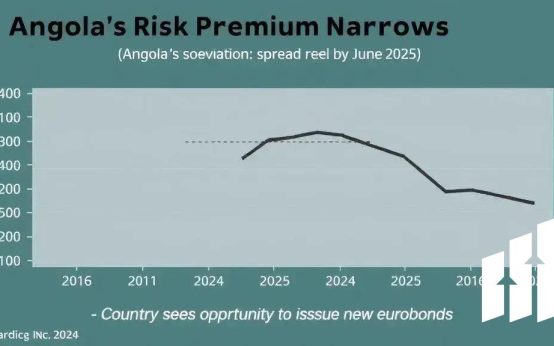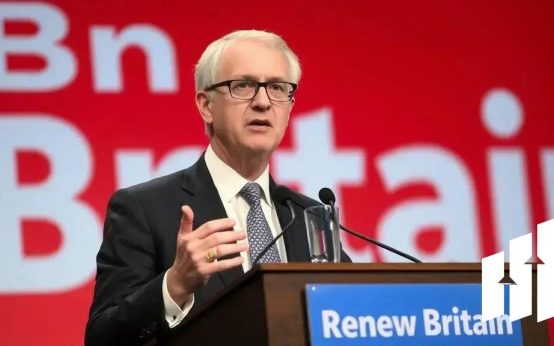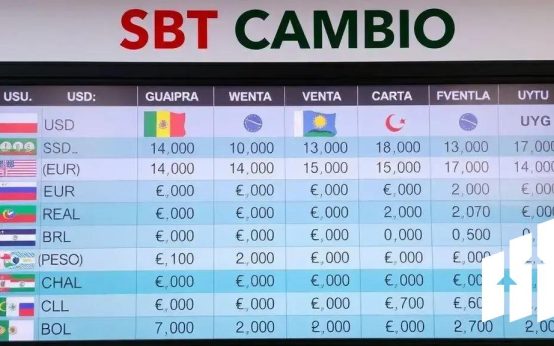The Philippines has recently lowered its key interest rate as part of its monetary policy adjustments aimed at stimulating the economy amidst low inflation. This decision encourages borrowing and spending, which can enhance economic growth. Understanding these adjustments is crucial, as they directly impact consumer behavior and financial decisions in daily life.
The Philippines has recently adjusted its monetary policy as part of its response to low inflation. These changes are crucial for the economy’s vitality. The central bank aims to stimulate growth while keeping prices stable.
Understanding Monetary Policy
Monetary policy refers to how a country’s central bank manages its money supply. By changing interest rates, the bank influences how much money flows in the economy. Lower interest rates mean it’s cheaper to borrow money, which can encourage spending and investments.
The Impact of Low Inflation
Low inflation is a sign that prices are stable. It can benefit consumers by keeping their purchasing power intact. For businesses, it helps plan better, knowing costs won’t rise unexpectedly. However, too low inflation can be a worry. It might suggest that the economy is sluggish.
Current Adjustments by the Central Bank
With inflation remaining low, the central bank in the Philippines decided to cut its key interest rate. This move is a strategy to spur economic activity. Lowering the rate can encourage loans and increase spending by consumers and businesses.
Such adjustments also signal to the market that the bank is ready to support growth. This can boost investor confidence, leading to more investments and job creation.
Looking Ahead
As the Philippines navigates its monetary policy, watch for how these decisions impact the overall economy. It’s important for everyone to stay informed about how interest rates and inflation influence daily life and financial decisions.
Conclusion
In conclusion, the recent adjustments to the Philippines’ monetary policy highlight the importance of responding to low inflation rates. These changes aim to boost the economy and encourage spending. By lowering interest rates, the central bank seeks to inspire both consumers and businesses to take action.
Overall, understanding how these policy shifts affect daily life and financial choices is crucial. As the country moves forward, monitoring the impacts of these decisions will be essential for everyone involved. Staying informed can help make better decisions in our financial futures.
FAQ – Frequently Asked Questions about Philippines Monetary Policy
What is monetary policy?
Monetary policy is how a country’s central bank manages the money supply to influence the economy, often through adjusting interest rates.
How does lowering interest rates impact the economy?
Lowering interest rates makes borrowing cheaper, encouraging consumers and businesses to spend and invest more, which can boost economic growth.
Why is low inflation significant?
Low inflation means stable prices, which helps consumers maintain their purchasing power and allows businesses to plan effectively without sudden cost increases.
What actions did the Philippines central bank take recently?
Recently, the central bank cut its key interest rate to stimulate economic activity as inflation remained low.
How do these monetary policy changes affect everyday life?
Changes in interest rates can influence loan costs, savings rates, and overall spending, thereby affecting many financial decisions in daily life.
What should people watch for in the economy moving forward?
It’s important to monitor how these monetary policy adjustments impact inflation, consumer behavior, and overall economic growth in the Philippines.


 Miran Highlights Dual Goals of Fed and Interest Rate Outlook
Miran Highlights Dual Goals of Fed and Interest Rate Outlook  Are You a Robot? Unusual Activity Detected on Bloomberg
Are You a Robot? Unusual Activity Detected on Bloomberg  Keir Starmer Leads Business Delegation to India for Trade Pact
Keir Starmer Leads Business Delegation to India for Trade Pact  Takaichi Appoints Ex-Finance Minister as Secretary General of LDP
Takaichi Appoints Ex-Finance Minister as Secretary General of LDP  Argentina Continues Dollar Sales Amid Weakened Peso Crisis
Argentina Continues Dollar Sales Amid Weakened Peso Crisis  White House Calls on Democrats to Resolve Ongoing Government Shutdown
White House Calls on Democrats to Resolve Ongoing Government Shutdown